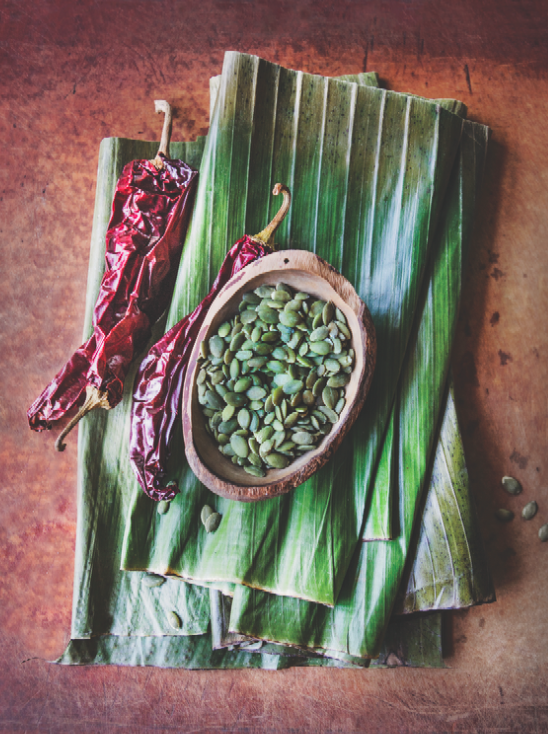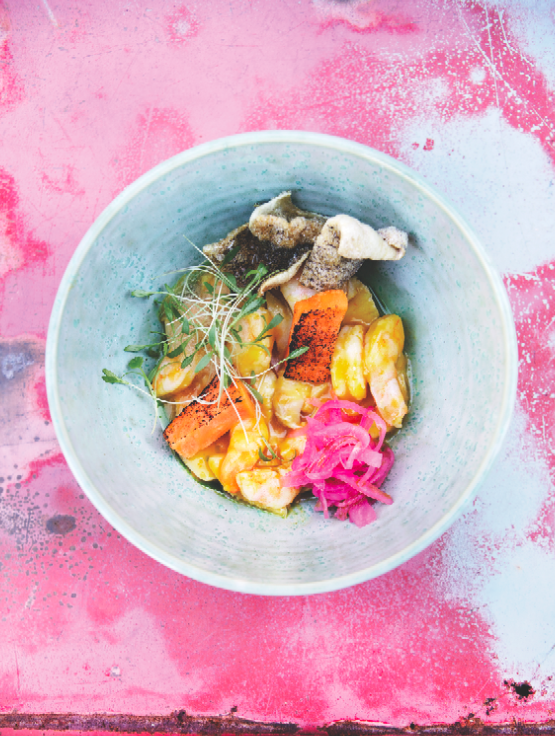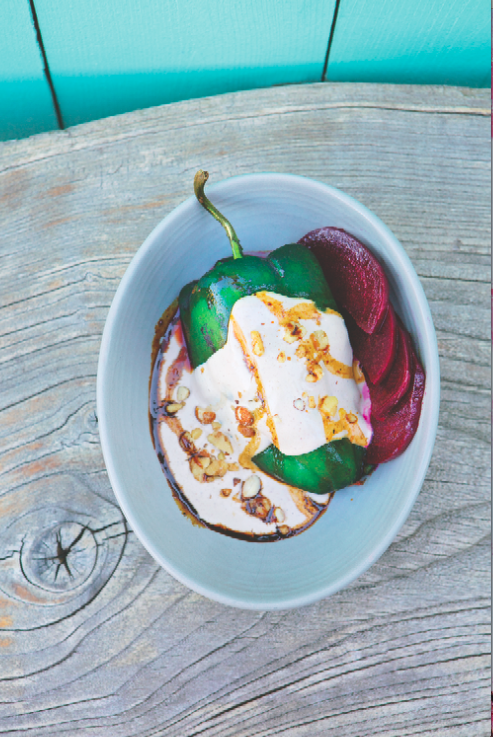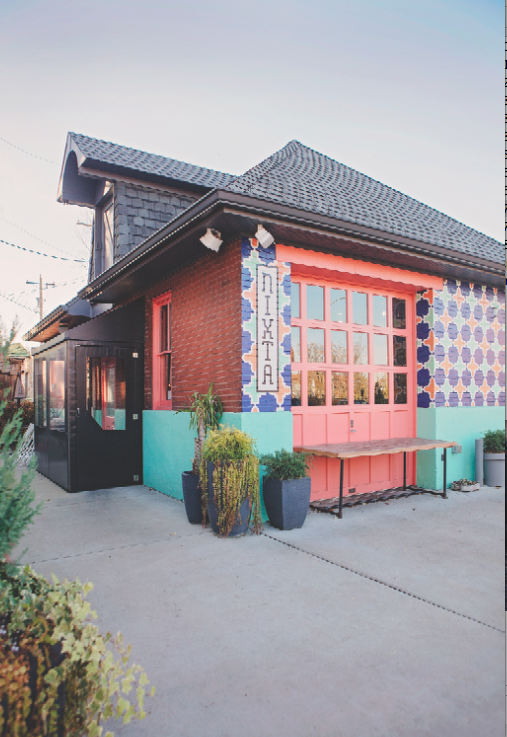Ben Poremba, Nixta and Change
Written By Johnny Fugitt
Photography By Carmen Troesser
Food brings change. It changes our bodies – as we know all too well - but it also changes our inner being, our community and our culture. Chef Ben Poremba’s modern Mexican concept, Nixta, is changing us.
Poremba is best known for opening Elaia and Olio in the Botanical Heights neighborhood, just across Tower Grove Avenue from where Nixta now stands. Considered one of, if not the, preeminent restaurant in town, Elaia continues to raise the bar for fine dining in St. Louis. Poremba is also the driving force behind the lovely La Patisserie Chouquette and Clayton’s upscale Italian concept Parigi. This budding portfolio has thrice earned Best-Chef Midwest semifinalist placing at the James Beard Awards.
“About 10 years ago, when I started Salumi Beddu,” says Poremba, “my partner and I had a kitchen on Cherokee Street. We used to do farmer’s markets every Saturday and we’d get there at 5 AM. Next door there was a place called Diana’s Bakery, and, on cold days, you could smell the amazing smells. They sold green and red tamales and Atole [warm cinnamon drink].” This sunrise sustenance carried him through long days of service.
The smells and spices from those musky mornings on Cherokee Street made an impression. A decade later, Nixta combines the traditional and familiar with the modern and novel.
In naming Nixta one of America’s ten best new restaurants of 2017, Bon Appetit gushed over the octopus plate. The complex mole has received much praise, as has the ceviche. With a marinade known as leche de tigre coming from a Peruvian family friend, Poremba says the ‘tiger’s milk’ “creates layers of flavor” within the dish.
Outside these oft-celebrated plates, what menu item does Poremba believe flies under the radar? “One of my favorite new dishes is the enfrijolada,” he says. “It is a tortilla that’s bathed in black beans, and topped with sour cream traditionally. With ours, we hide a piece of meat like braised beef cheeks or pulled lamb, and our beans are incredible. We’re also making crème fresh and top it all with spicy salt. It’s rustic and the flavors are so good.”
“We want everyone to come enjoy Nixta, and this has included appreciation by the Hispanic community,” says Poremba. “People of Mexican origin have said that the flavors remind them of what they grew up with.”
For some, the flavors of the enfrijolada might transcend decades and borders to reach grandmother’s kitchen. For others, it’s something completely new, pushing the notions of Latin food. “People are very receptive to changing very familiar things,” continues Poremba. “Majority of people really welcome the idea of doing Mexican food, but more elevated and more composed… and really more authentic. The more interesting and authentic we go, the more people like it.”
Nixta’s menu also continues to change. “We continue to explore new areas of the world to draw new cuisine inspirations. For instance, our menu was originally heavily influenced by the Oaxaca region of Mexico and we are currently exploring cuisine inspired by the flavors of the Yucatán Peninsula on our new fall and winter menu. We always want the menu to be evolving and highlighting new flavors, textures and overall culinary experiences.”
The peacockishly-painted interior creates an intimate dining experience. “Nixta is small and the seating is really tight,” Poremba explains. “People essentially sit together, eat together, and enjoy together. Also, the way we present food, instead of coursing it out, we suggest people share everything so it’s more interactive. The bright colors and loud music also loosen people up, which all lends to a collective dining experience.”
Nixta transforms itself into Bar Limon on Friday and Saturday nights as a themed destination for south-of-the-border tipples. The traditional margarita is, of course, quite popular. For the more culinarily curious, Bar Manager Lucas Ramsey recommends surveying the selection of mezcal – the trendy cousin of tequila. “We have a great selection, including some harder to find and limited release bottles. These are served neat with an orange slice, and Sal de Gusano, a traditional spiced salt made with roasted and ground agave worms, and dried chile.”
Many cringe at the very notion of change, but without change there is no growth. Not long ago, Poremba’s pocket of Botanical Heights had more shuddered buildings than functioning businesses. As he says, “Our restaurants played an integral role in evolving the Botanical Heights neighborhood into the dining destination within the city that it is today.”
With change in the neighborhood, St. Louis’ dining culture, and Nixta itself, Poremba isn’t the same restaurateur and chef he was during those early mornings on Cherokee Street. “I’ve opened and closed restaurants and I’ve learned a lot since then. I will say I am just as ambitious as I was ten years ago, humbled, with greater responsibilities, but my level of ambition is still consistent. I am excited to build on this ambition as I continue to explore opening new restaurant concepts in St. Louis.”






